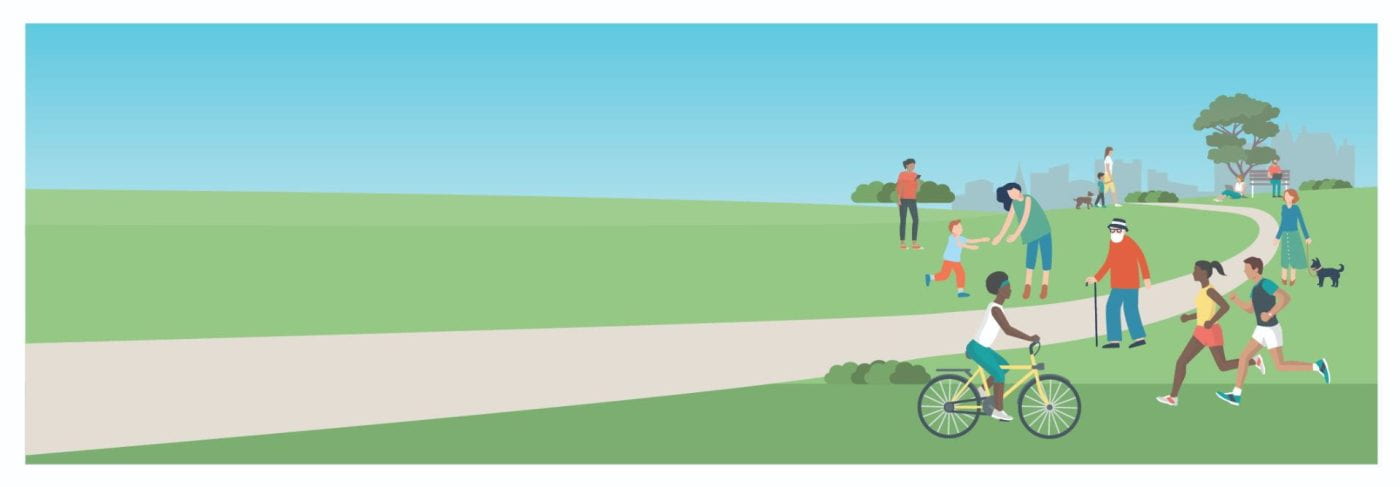Have you frequently thought about how decades of work in your research team can translate into other sectors, like Industry? (in our case by Industry, we mean companies that are involved in developing medications or medical devices). We did too, and the KM Catalyst award helped us to move the dial forward – from thoughts to actions.
What does our team do?
The (QuinteT) team specialises in making sure that clinical trials, which are often funded through government or charitable sector money, recruit enough participants. Without the right number of people, trials often close sooner than planned and do not answer the questions they were meant to address. This can also lead to wasted resources. Doctors and patients ultimately do not benefit from having the evidence needed to improve patient care.
But recruitment numbers are not our only focus. It is no good to anyone if a trial recruits participants without making doubly sure they have all the information they need for decision making. So, we also ensure trial participants are well informed. Recently, we also focus on trial participants being as diverse as the population the trial intends to benefit.

How do we do this?
Our team has developed a specific set of methods to improve recruitment and informed consent in trials, called the ‘QuinteT Recruitment Intervention’ or the ‘QRI’. We first rapidly identify what the recruitment and informed consent problems are in a trial. We do this by mapping how, when and by whom patients are informed about the trial. We also interview patients, doctors, nurses and others involved in the trial, to understand their views about the trial; these views are often not widely discussed, but interviews create a confidential space for people to share what they really think. We also audio-record the discussion between the patient and the doctor/nurse when the trial is discussed. This gives us an idea of how patients react to trial information and how doctors and nurses address their concerns and questions.
When we have analysed this data, we develop solutions to the problems we have identified – this is a joint effort all around. We find that the solutions work well when they come from the people involved in recruitment to that trial. When we have agreed on the solutions, we find ways to put them into practice. These actions vary by trial, but often involve training, feedback, and tips sheets for doctors and nurses.
Why Industry now?
We have carried out this work in over 80 public or charity funded trials, over 20 years, within and outside the UK (e.g., US, Australia, Europe). We have also worked across many clinical disciplines like urology, surgery, mental health and cancer. The pandemic highlighted Industry leadership in the rapid development, testing and delivery of life-saving vaccines and treatment. There are excellent initiatives within Industry to improve recruitment, informed consent and diversity in trials. We felt our work is likely to resonate with Industry colleagues and that there is mutual benefit in reaching out to them. The aim of our KM Catalyst Award, therefore, was to explore opportunities for reciprocal knowledge exchange between the QuinteT team and Industry.
What did the KM award help us do?
Firstly, the award helped us spread the word on our intentions for knowledge exchange and potential collaborations with Industry. The KM Catalyst Award helped to shed light on the many channels we could pursue for this within the university (e.g., Policy Bristol; Commercialisation Research and Contracts team) and externally (e.g., NIHR for Industry; South West Central Regional Research Delivery Network). Through social media and our network of contacts in the university, NHS and funding bodies, we put out a flyer for Industry representatives to express their interest in attending a workshop with us. This led to 17 individuals expressing an interest. Secondly, within our team and key contacts, we discussed areas of shared interests with Industry (and differences), leading to questions about how best to organise our event. One big take-home message from these discussions was that holding a workshop may not be optimal for discussing the issues we hoped to get into with Industry colleagues. This helped us move from a single workshop model to a model of individual engagement with contacts.
Where are things now?
We are now getting in touch with those who have expressed interest in knowledge exchange and are continuing to pursue new contacts through our one-to-one liaison. We are also considering conferences with a strong Industry presence to showcase the QRI and open new routes for discussion.
We have thoroughly enjoyed this learning curve. Our key insight has been that exploring new avenues and sectors such as Industry requires an open mind and persistence – it is a journey of many miles, which has fortunately begun with the first steps, sparked by this KM Catalyst Award.
By Sangeetha Paramasivan, Shoba Dawson and Leila Rooshenas
Dr Paramasivan is a Senior Research Fellow in Qualitative Research Methodology in Bristol Medical School.
Dr Dawson is a Senior Research Fellow in the Division of Population Health at the University of Sheffield.
Dr Rooshenas is a Associate Professor in Social Medicine and Health Policy in Bristol Medical School.




 t research shows weight-based teasing in childhood has lasting negative effects into adulthood.
t research shows weight-based teasing in childhood has lasting negative effects into adulthood.








